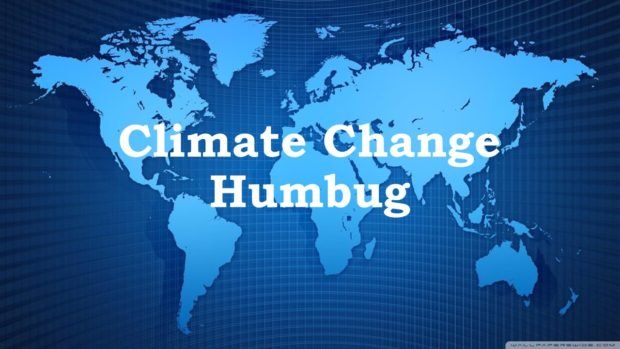Biden Admin Doubles Down On ‘Dishonest’ Use Of Disaster Stats To Promote Climate

The National Oceanic and Atmospheric Administration (NOAA) continues to cite “billion dollar damage” (BDD) events as a proxy for the intensity of climate change despite the statistic’s numerous flaws.
The agency stated that the increasing frequency of BDD weather events is a sign of worsening climate change in a January press release and blog post recapping 2023, and then subsequently defended the use of the stat in communications with the Daily Caller News Foundation. However, the statistic does not relate directly to atmospheric conditions, and it has several other serious flaws that call into question NOAA’s claims that 2023’s 28 BDD events demonstrate that climate change is accelerating and causing more severe natural disasters as a result.
“For millions of Americans impacted by a seemingly endless onslaught of weather and climate disasters, 2023 has hit a new record for many extremes,” NOAA Chief Scientist Sarah Kapnick said of 2023’s BDD statistics, according to the press release. “Record warm U.S. temperatures in December, a record-setting number of U.S. billion-dollar disasters in 2023 and potentially the warmest year on record for the planet are just the latest examples of the extremes we now face that will continue to worsen due to climate change.”
“According to NOAA’s Chief Scientist, Dr. Sarah Kapnick, climate change is known to increase the probability and magnitude of extreme weather events,” a NOAA spokesperson told the DCNF. “The vulnerability of our built environment leads to damages. When vulnerability grows or weather and climate events become more extreme, it can lead to more billion–dollar disasters.”
However, Roger Pielke, Jr., a professor at the University of Colorado who has extensively studied and written about climate change, extreme weather and BDD event data, is far from convinced that BDD events are a suitable metric for analyzing climate change. While Pielke, Jr. takes issue with NOAA’s use of BDD events as a proxy for climate change’s intensity, he does believe climate change to be a real and serious threat.
“There is no peer reviewed science that attributes any part of increasing disaster losses to changes in climate,” Pielke, Jr. previously told the DCNF. “To see evidence of changes in climate, look at climate data, not economic data.”
For its part, NOAA told the DCNF that there is scientific evidence that justifies the use of BDD events as an indicator for climate change. While it did not directly name any specific studies, the agency referred the DCNF to chapter two of the Fifth National Climate Assessment (NCA5) for more details.
However, the NCA5 credited more than two dozen ostensibly conflicted authors and contributors, many of whom are actively affiliated with environmental activist organizations. Kate Marvel, who works for a group called Project Drawdown, is credited as the chapter lead for chapter two, titled “Climate Trends,” while Katharine Hayhoe of the Nature Conservancy and Texas Tech University and Zeke Hausfather, whose employer has invested millions into carbon removal technology, according to CNBC, are credited as authors.
The NCA5’s analysis of BDD events in chapter two primarily cites NOAA’s “Billion-Dollar Weather and Climate Disasters” website, which itself cites two peer-reviewed studies in addition to a host of technical reports. There are three authors credited in total for those two peer-reviewed studies, respectively published in 2013 and 2015, and two of those three authors are listed as NOAA scientists in the studies.
Notably, the agency’s recap of last year’s BDD events cites numerous events that occurred over time and space as distinct occurrences. In some cases, such as Hurricane Idalia, this may make more sense than it does to classify “California flooding” between January and March as a single BDD event. Additionally, the agency cites the August 2023 Maui wildfires as a climate or weather-related disaster, but human error and government incompetence appear to have had much more to do with that tragedy than climate change.
Pielke, Jr. contends that NOAA could be inflating the number of BDD events using disaster accounting methods that group together multiple smaller, discrete events into one larger incident that meets the $1 billion threshold, according to a paper on the subject that he authored earlier in January. However, the paper makes clear that it is not possible to discern whether NOAA has changed the way it sources its dataset, specifically since 2008, due to a lack of transparency on that particular point.
Beyond any potential gimmicks in defining a BDD event, there is a separate underlying trend that complicates NOAA’s use of BDD events as a proxy for the intensity of climate change. In fact, NOAA acknowledges as much, as does chapter two of the NCA5.
“The evidence clearly shows that the number and cost of disasters are increasing over time due to a…
Read More: Biden Admin Doubles Down On ‘Dishonest’ Use Of Disaster Stats To Promote Climate

